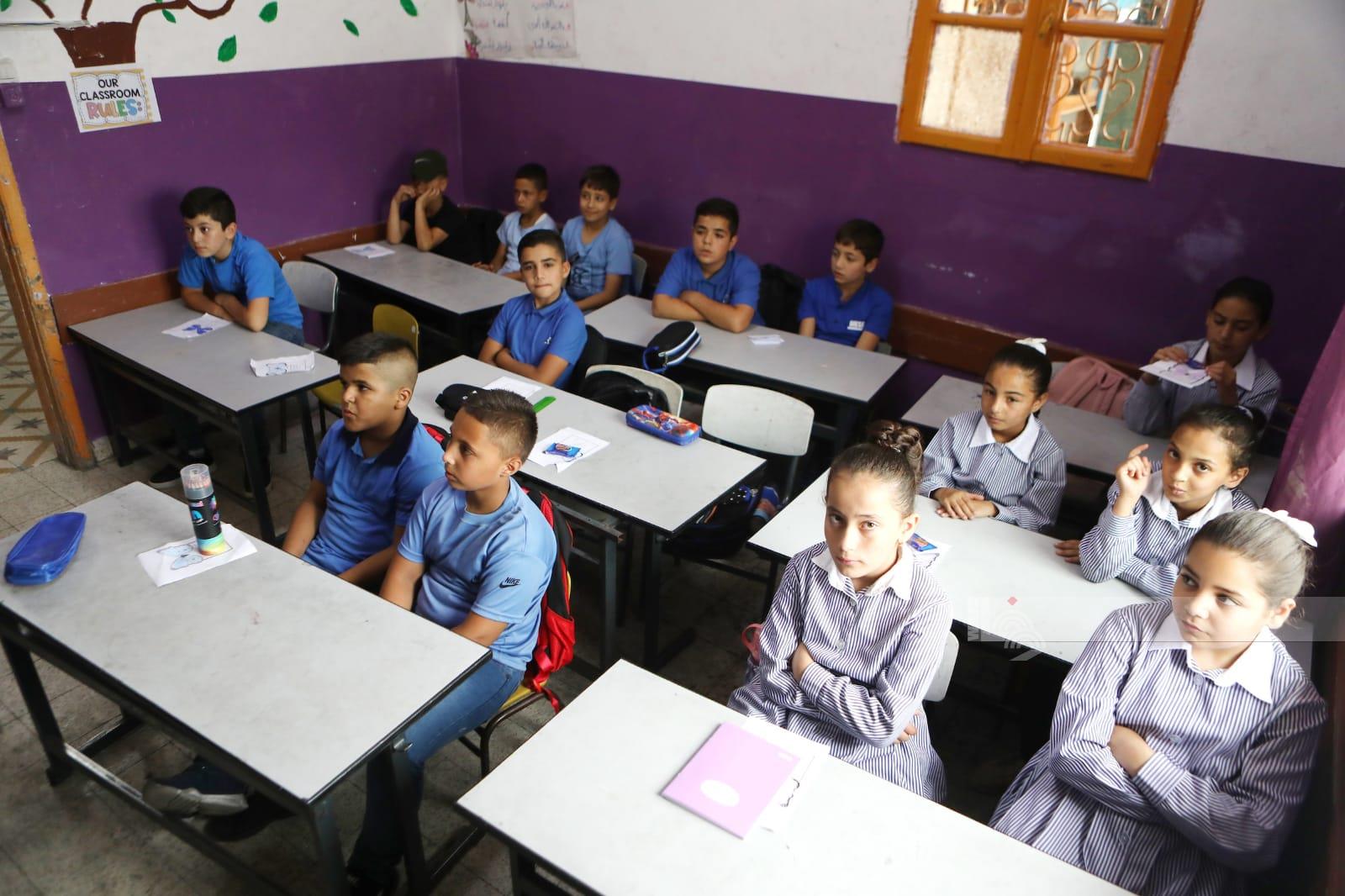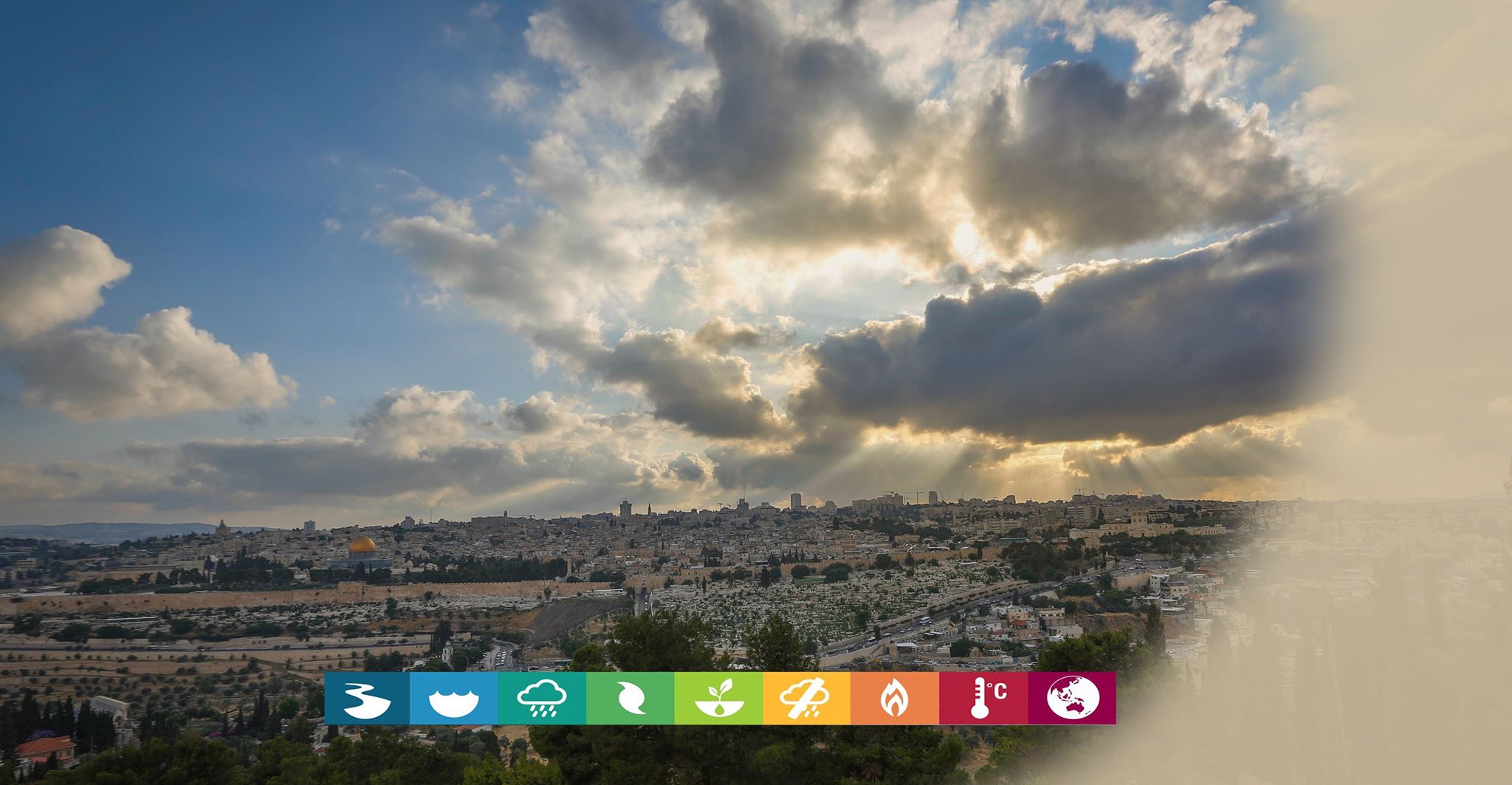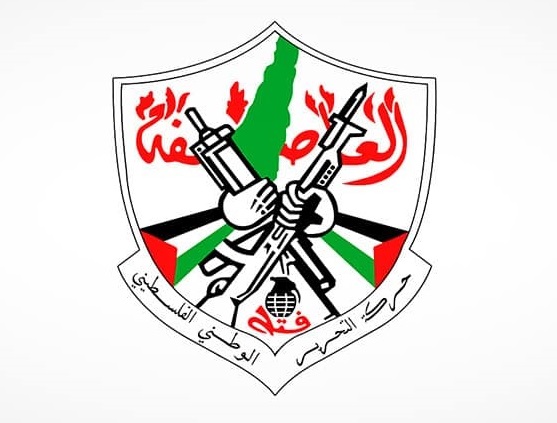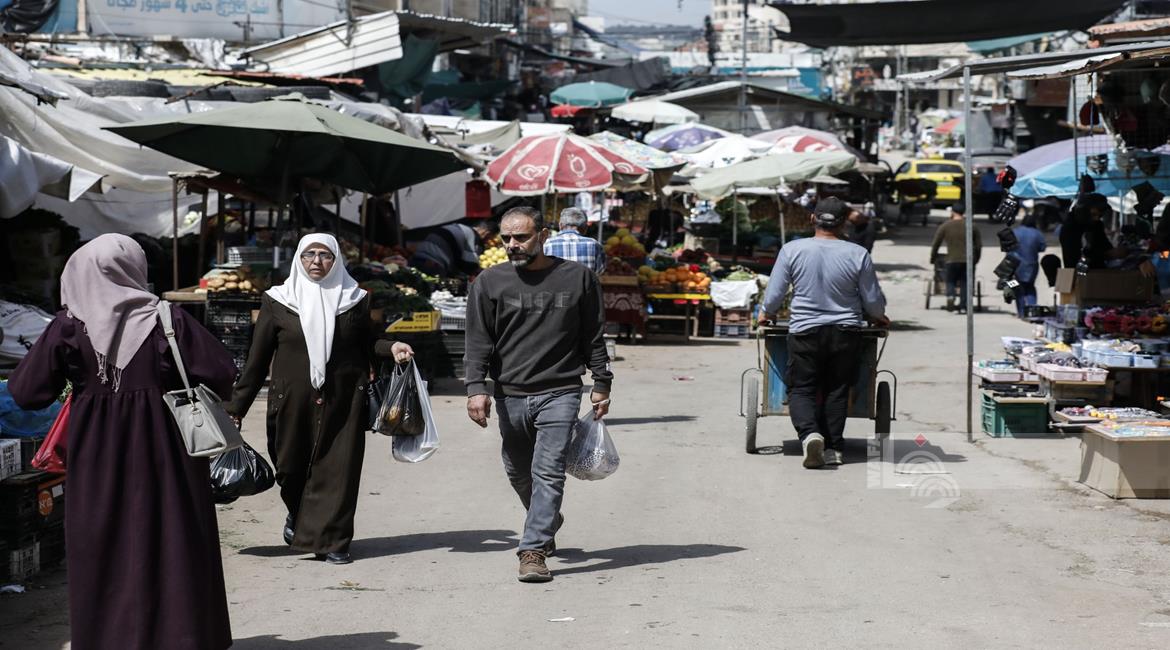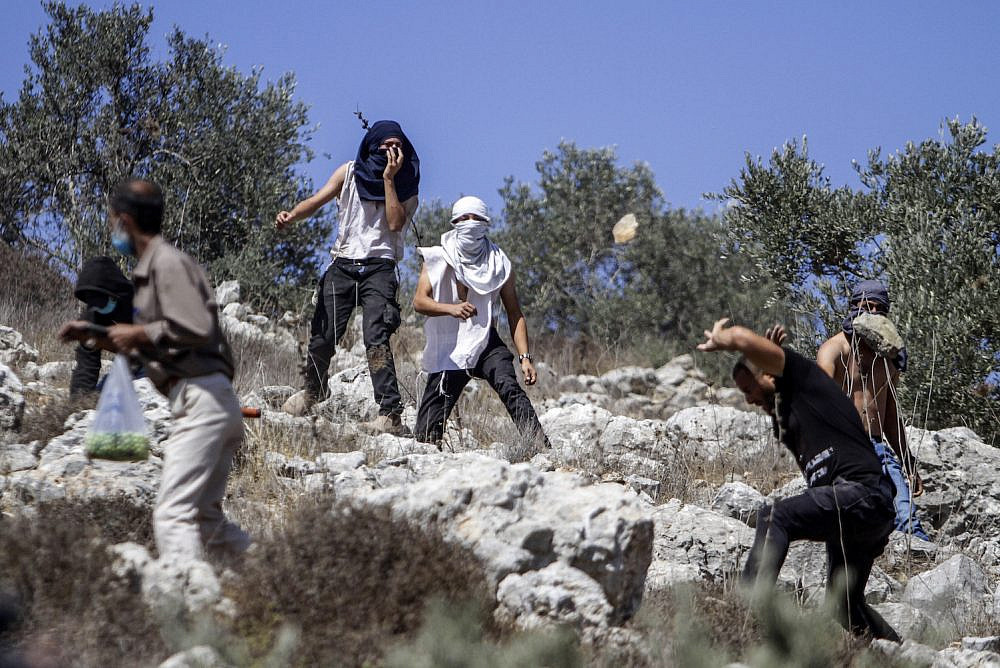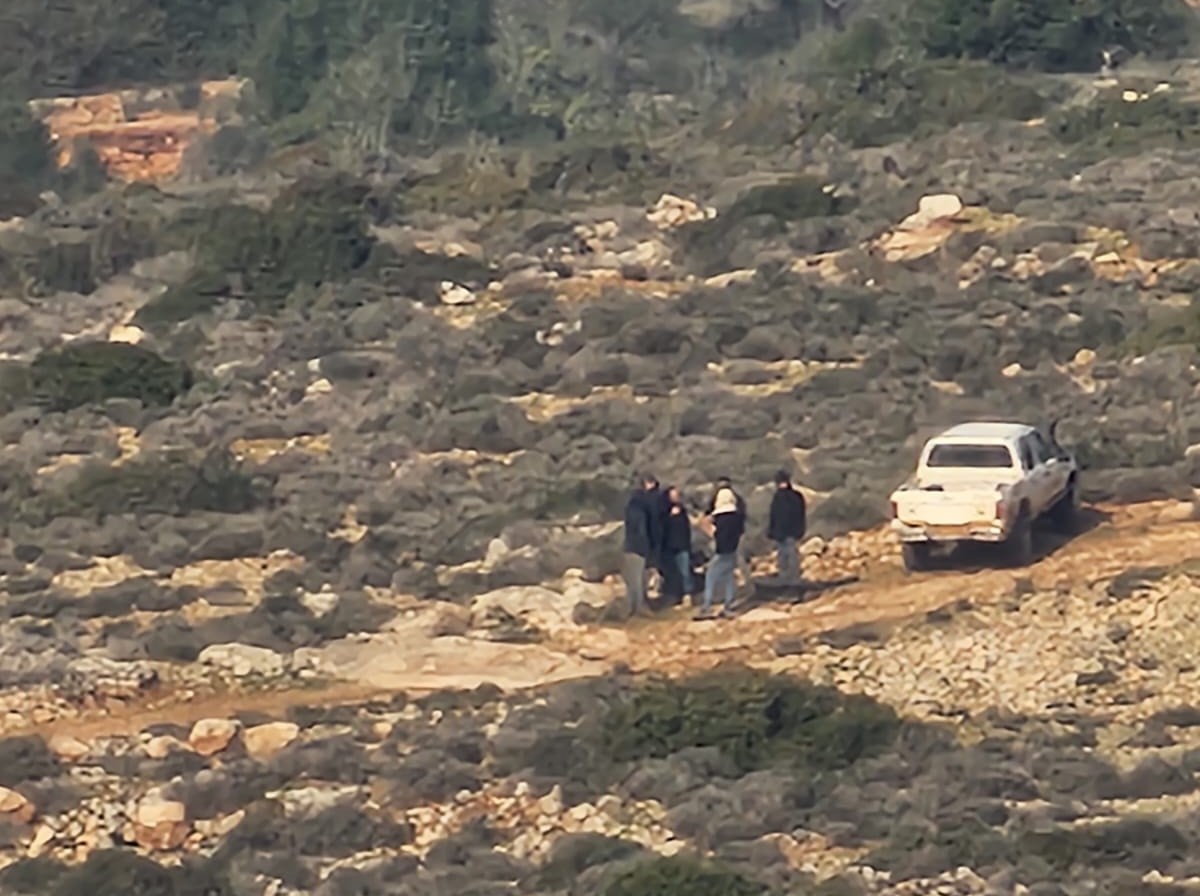RAMALLAH, Thursday, September 7, 2023 (WAFA) – The illiteracy rate in Palestine is one of the lowest in the world and reached 2.2% among the Palestinian population 15 years and above in 2022, today said the Palestinian Central Bureau of Statistics (PCBS) on the occasion of the International Literacy Day, which coincides tomorrow.
According to the United Nations Educational Scientific and Cultural Organization (UNESCO), an illiterate person applies to persons unable to read and write without understanding a simple statement related to one’s daily life.
The illiteracy rate among Palestinians aged 15 years and above who live in Israel reached 3.6% in 2017, according to the data of the Galilee Society (Rikaz), and according to the UNESCO Institute for Statistics, the illiteracy rate among persons (aged 15 years and above) in Western Asia and Northern Africa was 19.5% in 2020; 14.2% among males, compared to 25.1% among females. In the same year, the rate was 13.3% in the world among the same age group; 9.9% among males compared to 16.7% among females.
The illiteracy rate decreased in Palestine by 84% throughout the last two decades, according to the PCBS.
The illiteracy rate among the Palestinian population (aged 15 years and above) in Palestine decreased during the period 1997-2022 from 13.9% to 2.2%. The rate declined from 7.8% in 1997 to 1.1% in 2022 among males and declined from 20.3% to 3.3% among females during the same period.
The illiteracy rate varies considerably by age group. The age group (65 years and above) recorded the highest rate, while the lowest rate was among the age group (30-44 years). In 2022, the illiteracy rate among older persons 65 years and above reached about 21.5% (around 39,000 illiterate persons). The rate was about 2.4% (around 17,000 illiterate persons) among the age group 45-64 years, 0.7% (around 7,000 illiterate persons) among the age group 30-44 years, and 0.6% (around 9,000 illiterate persons) among youth 15-29 years for the same year.
In 2022, the illiteracy rate reached 2.9% in rural localities (around 15,000 illiterate persons), 2.3% in refugee camps (around 6,000 illiterate persons), and 2.0% (around 51,000 illiterate persons) in urban areas.
M.K.



